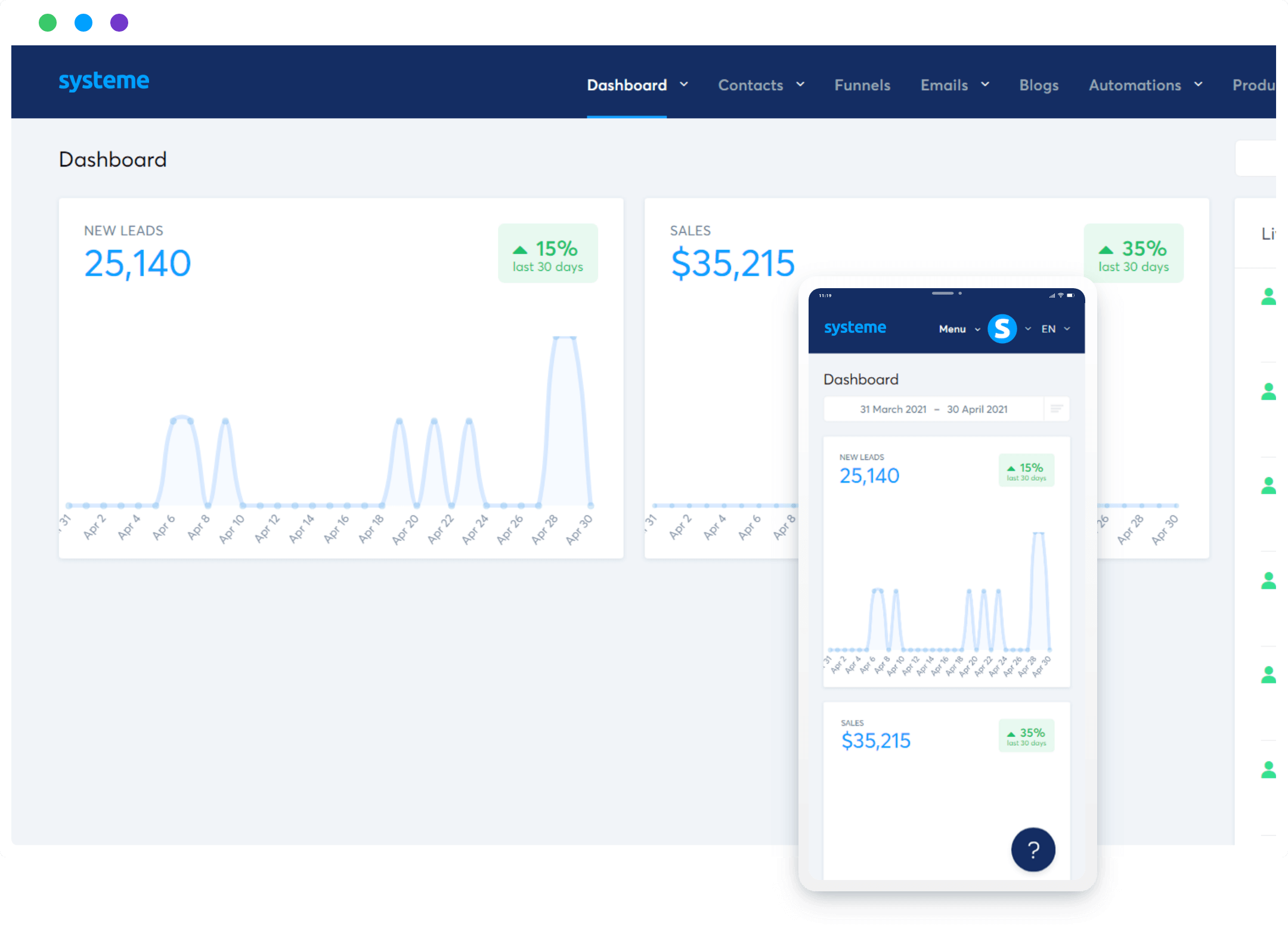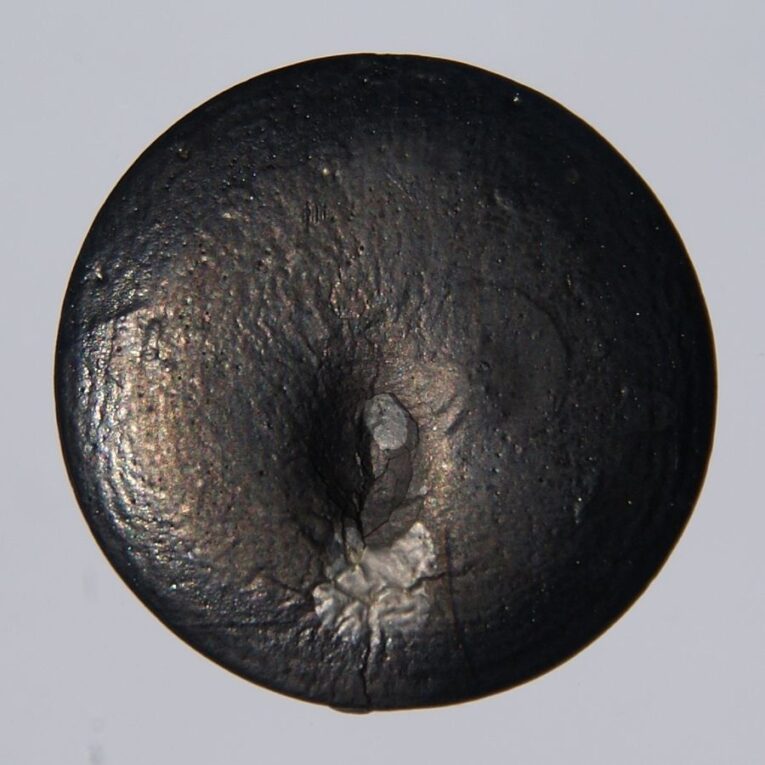Selenium, (in Greek σελήνηselene meaning “Moon”), was discovered in 1817 by Jöns Jacob Berzelius, and is is a trace mineral present in the soil and a variety of foods. It is a non-metal element with the Chemical symbol Se and has the atomic number 34 on the Periodic Table. Selenium is a very important mineral to the body and provides a variety of health benefits.
Health Benefits of Selenium
Selenium is thought to have a variety of health benefits. It is an essential mineral that plays a vital role in various physiological processes due to its strong antioxidant and anti-inflammatory properties.
Selenium is thought to offer the following health benefits; antioxidant defense, thyroid hormone metabolism and regulation, metabolic function, immune function, DNA synthesis, improved cognitive function, cardiovascular health and for fighting cancer by helping to destroy free radical cells. We also use selenium in our body to produce selenoproteins, which work to reduce inflammation at the cellular level.
Selenium Deficiency and White Muscle Disease
In lambs and calves, lack of selenium and/or Vitamin E causes White Muscle Disease (Nutritional muscular dystrophy), where the animals drastically lose muscle tone and find it hard to even stand up. Their muscles are described as turning “jelly-like”. Stress on the animals seems to greatly increase severity of the condition. The symptoms are reversed when selenium/Vitamin E supplementation is given.
Although this is a condition found in animals rather than humans, it does show how large an effect from lack of selenium can have in mammals.
Selenium Research
It should be noted that when studies of selenium’s efficacy are examined, the evidence is conflicting. For instance, a study published in The Cochrane Library in early 2013 indicates that selenium supplementation does not reduce a person’s risk of heart disease. In fact, there is evidence to suggest that too much selenium is correlated with a greater risk of type 2 diabetes (Karen Rees, Louise Hartley, Camilla Day, Nadine Flowers, Aileen Clarke, Saverio Stranges. Selenium supplementation for the primary prevention of cardiovascular disease. The Cochrane Library, 2013).
An earlier study, however, suggests that selenium can help decrease the risk of diabetes. Inconclusive results have likewise been shown when researchers attempt to discover whether selenium helps to kill cancer cells.
One way to account for these conflicting results is suggested by a recent study that isolates different forms of selenium and tests how each one performed independently. The results show that of the two forms — SeMet and MeSeCys — MeSeCys destroyed more lung cancer cells than SeMet (Claire M. Weekley, Jade B. Aitken, Stefan Vogt, Lydia A. Finney, David J. Paterson, Martin D. de Jonge, Daryl L. Howard, Ian F. Musgrave, Hugh H. Harris. Uptake, Distribution, and Speciation of Selenoamino Acids by Human Cancer Cells: X-ray Absorption and Fluorescence Methods. Biochemistry, 2011; 50 (10): 1641).
This study indicates that it may be possible to isolate an effective form of the mineral that will achieve more uniform results.
Selenium in the Food Chain
The concentration of Selenium in the ground soil varies greatly in different regions of the world. Because plant foods, such as grain, are further down on the food chain, their concentration of selenium is more dependent on soil content than when we consume animal-based foods, since animals’ bodies regulate the amount of the mineral in their tissues to achieve a relatively stable level.
Thus, populations that eat a mostly plant-based diet in regions with low levels of selenium in the soil, such as mainland China, will have less access to selenium from their diets alone.
Food Sources of Selenium
Brazil nuts have the greatest amount of the mineral contained in any single food, with almost 100 mcg in a single nut. Other foods with a high concentration of selenium are; Yellowfin Tuna, Halibut, Ham, Shrimp, Enriched Macaroni, Beef, Liver, Brown Rice, Eggs.
Selenium RDA
As researchers continue their testing, they may well determine that the mineral has powerful cancer-fighting properties and other health benefits. For now, however, there seems to be no benefit to taking the mineral in excess of the current RDA.
The recommended dietary allowance (RDA) of selenium for adult men and women is 55 micrograms (mcg) a day. To put that into perspective, Americans’ average daily selenium intake, from food alone, is 108.5 mcg (U.S. Department of Agriculture, Agricultural Research Service. What We Eat in America, 2009-2010). A combination of high levels of selenium in North American soil and a diet containing large amounts of animal protein mean that the risk of selenium deficiency among Americans is extremely low.
Most people can obtain adequate selenium through a balanced diet that includes selenium-rich foods such as seafood, Brazil nuts, organ meats, whole grains and dairy products
Selenium may be taken with other vitamins and minerals without harming its absorption process. Organic selenium, which is incorporated in amino acids such as methionine or cysteine (selenoproteins), is more readily absorbed into the human body than non-organic forms of the mineral. Customers should look for organic selenium produced in yeast for best results.
Always take care when taking herbs and Read Our Disclaimer.
Selenium Notes / Side Effects
While selenium is important for overall health, consuming excessive amounts can lead to adverse effects.
Here are some potential side effects of selenium:
Selenosis: Excessive selenium intake can lead to a condition called selenosis, which occurs when selenium levels in the body become too high. Symptoms of selenosis may include gastrointestinal disturbances (such as nausea, vomiting, abdominal pain, and diarrhea), hair loss, nail brittleness, skin rashes, fatigue, irritability, and neurological symptoms (such as numbness, tingling, and muscle weakness). Selenium overdose has been observed in regions with a high concentration of selenium in the ground soil. It’s important to note that selenium toxicity is rare and typically occurs only with very high doses, well above the recommended dietary intake. The tolerable upper intake level (UL) for selenium is 400 micrograms per day for adults.
Gastrointestinal Upset: Ingesting high doses of selenium supplements can irritate the gastrointestinal tract and lead to symptoms such as nausea, vomiting, abdominal discomfort, and diarrhea. These symptoms are typically mild and resolve once selenium intake is reduced or discontinued.
Breath Odor: In some cases, excess selenium intake can cause a distinctive garlic-like odor on the breath, known as “selenium breath.” This odor is due to the metabolism of organic selenium compounds in the body and is considered a characteristic sign of selenium toxicity.
Hypothyroidism: While selenium is essential for thyroid function, excessive selenium intake can interfere with thyroid hormone metabolism and lead to hypothyroidism (underactive thyroid). Selenium supplementation in individuals with sufficient selenium levels may disrupt thyroid hormone synthesis and contribute to thyroid dysfunction.
Allergic Reactions: Some individuals may experience allergic reactions to selenium supplements or foods high in selenium. Allergic symptoms may include rash, itching, hives, swelling of the face or throat (angioedema), difficulty breathing, and anaphylaxis (a severe allergic reaction that requires immediate medical attention).
Interactions with Medications: Selenium supplements may interact with certain medications, including anticoagulants (blood thinners) such as warfarin, antiplatelet drugs, and medications that affect thyroid function. Selenium supplements may enhance the effects of these medications or interfere with their absorption, metabolism, or effectiveness.
Increased Risk of Diabetes: Some research suggests that high selenium intake may be associated with an increased risk of type 2 diabetes, particularly in individuals with pre-existing risk factors such as obesity, insulin resistance, or impaired glucose metabolism. However, more studies are needed to clarify the relationship between selenium intake and diabetes risk.
If you’re considering taking selenium supplements, it’s advisable to consult with a healthcare professional to determine the appropriate dosage and ensure that it’s safe for you if you have underlying health conditions or are taking medications. Additionally, be cautious not to exceed the recommended dosage to avoid potential adverse effects.

 Want to launch your own course, funnel or online business? Start free with
Want to launch your own course, funnel or online business? Start free with 

Leave a Reply